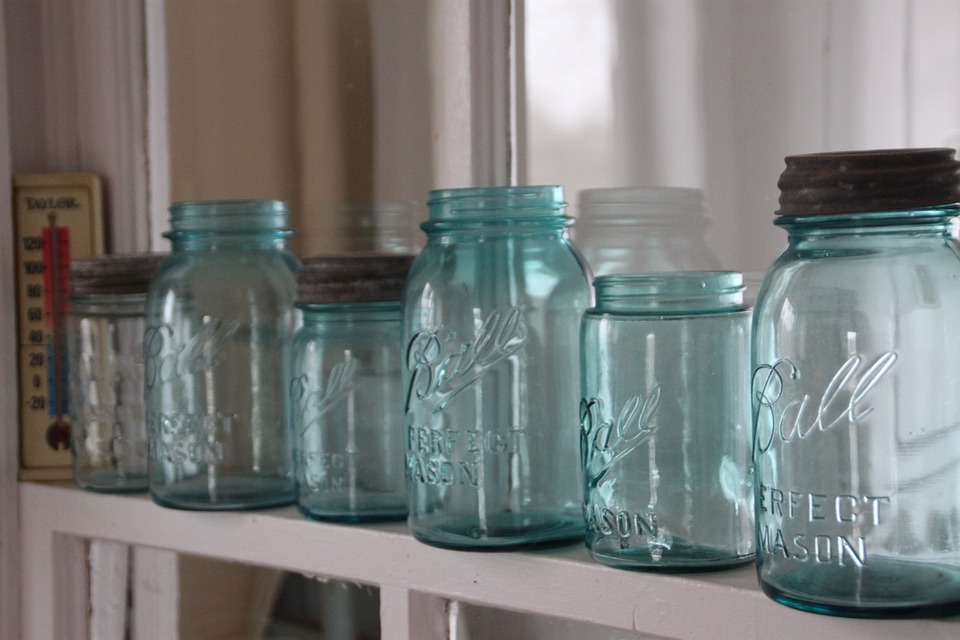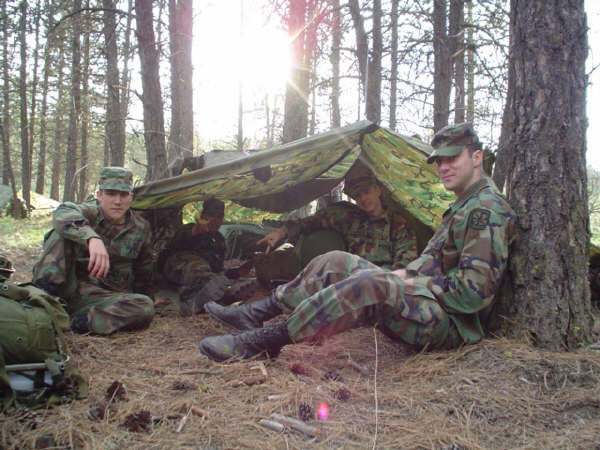Does your bugout bag contain a medical kit?
04/09/2018 / By Ethan Huff

Keeping emergency medical supplies on hand for any possible life scenario is never a bad idea. But the contents of any medical kit are only as valuable as their organization and accessibility, not to mention the know-how of the user in effectively using these supplies for their intended purposes.
While most of us aren’t licensed doctors, we can all probably learn a thing or two about how to better utilize potentially life-saving medical tools. This is especially true for “preppers” and survivalists who are already actively trying to learn the basics of self-reliance, should the economy fail or war break out – rendering utilities, social services, and other safety nets that most of us take for granted inaccessible.
Knowing how to improvise and create new uses out of everyday items is another useful skill that can go a long way in saving lives during an emergency. Turning a bandana into a sling, for instance, or fishing line into suturing equipment, are essential survival skills that, if it’s more motivating to learn them, will make you a type of medical James Bond – and a valuable resource in the event that things hit the fan.
M.O.L.L.E-compatible bags work great for carrying medical supplies
When planning out your emergency medical bag, think about the many different scenarios for which you might need it. As you develop a mental outline of potential uses, you’ll be able to better hone down how big it needs to be, what features it needs to have, and how it needs to function for easy and efficient access during an emergency.
Some of the best bags for storing emergency medical supplies are those that are M.O.L.L.E-compatible – M.O.L.L.E. being a military acronym for Modular Lightweight Load-carrying Equipment. M.O.L.L.E. bags are lightweight and have horizontal straps, webbing, and other stitching sown onto their outsides that make it easy to attach extra items in a pinch.
Simple versus advanced medical kits: Why you may need a variety of options
Not all medical supplies are the same, of course. Simple items like bandages and antibacterial creams are great for storing in smaller medical kits, but what about more advanced supplies like surgical scissors and tourniquets? You likely won’t want all of these items thrown together into the same medical bag.
That’s why many emergency experts suggest dividing the two into separate bags, with the simpler and more everyday stuff stored in Individual First Aid Kits (IFAK), and the more advanced stuff put into a larger medic bag.
Delegating these different medical bags to different family members and friends, based on their skills, is another thing to consider. In an emergency scenario, having one person with a greater understanding of medicine assigned to the role of “medic,” and others assigned to carry IFAKs, will make it easier for everyone to know who to consult in the event that medical care is required.
Avoid medical packs that might cause back and neck injuries
The last thing you want during an emergency scenario is to have to lug around a heavy pack that places immense strain on your neck and back. Choosing packs with proper padding, shoulder and chest straps, and even hip belts will help to ensure that your medical supplies are easy to transport without harming those who have to carry them.
Evenly distributing your medical items within the packs, making sure to keep the heaviest items closest to your back, will also go a long way in ensuring that trekking around with your medical supplies doesn’t result in more medical emergencies.
For more tips on how to prepare for the worst, visit Survival.news. You can also learn more about how to live off the grid by visiting SelfReliance.news.
Sources for this article include:
Tagged Under: bugging out, bugout, delegating, emergency medicine, first aid, Gear, medical kit, Medicine, packs, planning, prepping, supplies, survival



















